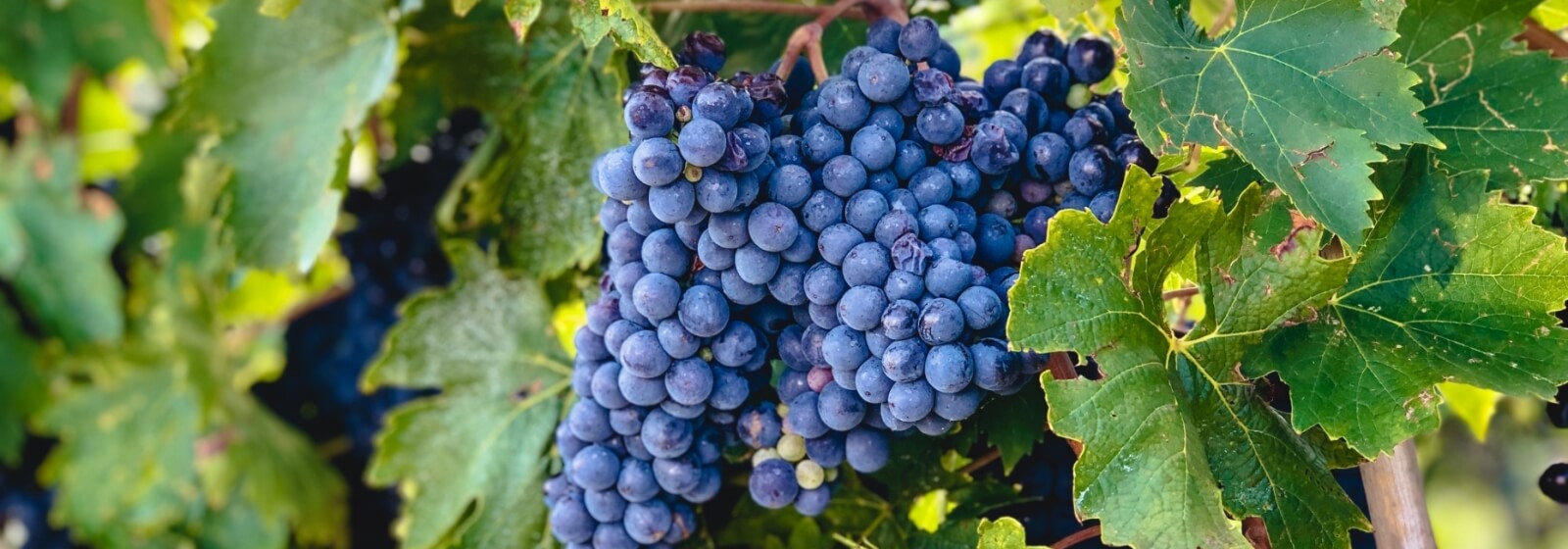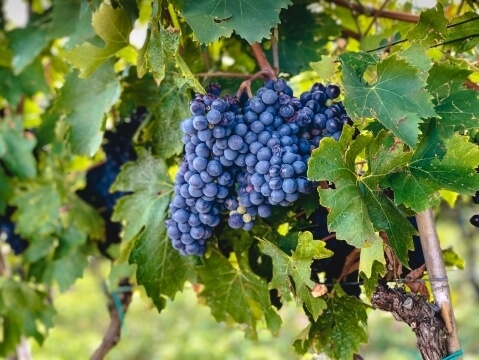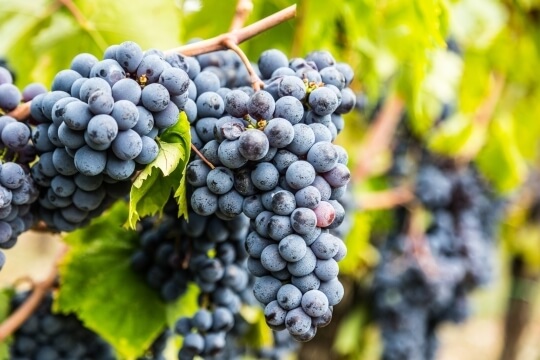
Sangiovese
The Sangiovese red wine grape variety, which is cultivated in many Italian regions, is probably native to Tuscany, where its presence can be traced back to the Etruscan period (8th century BC). The origin of the name is uncertain: some claim it derives from the term "Sangue di Giove" (Blood of Jupiter), others link it to its provenance in San Giovanni Valdarno, Tuscany.
What is certain is that Sangiovese is now the most widely cultivated red grape variety in Italy, with 11% of the total national surface area under vines, and is known all over the world for its production excellence, especially in Tuscany.
Generally, single-varietal Sangiovese wines are said to have a more or less intense ruby color, depending on the soil, climate and whether or not they are aged in wood. The palate is ample, with a marked acidity and a high tannin content that makes the wine particularly suitable for aging.
Leaf: medium, pentagonal, five-lobed or sometimes three-lobed
Bunch: medium, cylindrical-pyramidal in shape, compact and generally with wing
Grape: medium, ovoid and uniform
Skin: waxy and purplish-black


